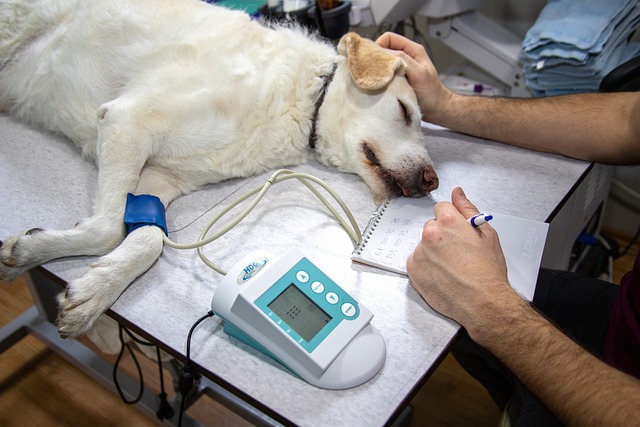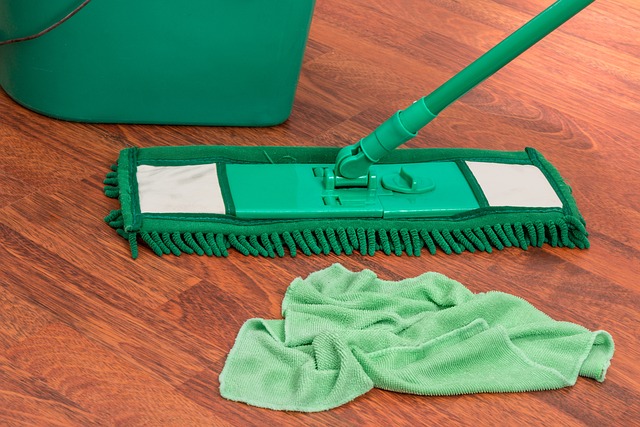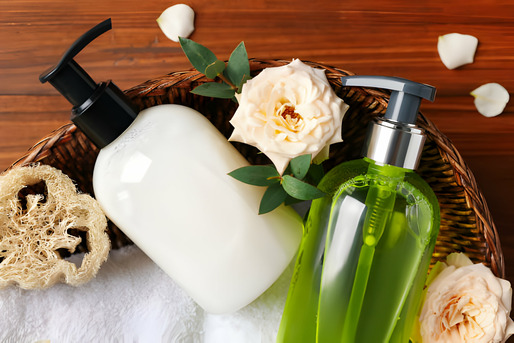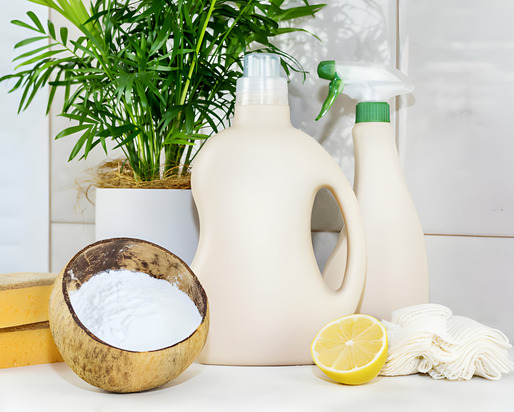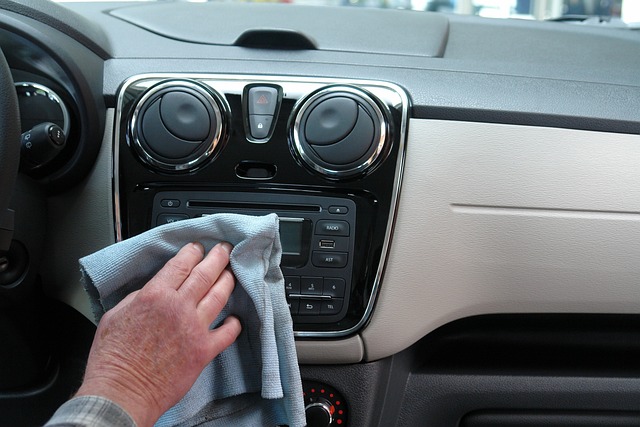Welcome to the world where care and cleanliness converge—Commercial Veterinary Facilities. These spaces, dedicated to the well-being of our furry friends, demand meticulous attention when it comes to cleaning and disinfecting. In this extensive guide, we’ll navigate through the essential steps, best practices, and considerations to ensure that these facilities not only sparkle but also provide a safe and hygienic haven for our beloved pets. So, fasten your seatbelt (or leash), and let’s embark on a journey into the nuances of Cleaning and Disinfecting Commercial Veterinary Facilities.
Here is our related post on Post-Construction Cleaning: Tips and Tricks which you will not want to miss.
The Importance of Veterinary Facility Hygiene
1. Animal Health and Safety
The health and safety of animals are paramount in veterinary facilities. Cleanliness plays a pivotal role in preventing the spread of diseases, ensuring a safe environment for both patients and staff.
2. Client Confidence
A clean and well-maintained facility instills confidence in pet owners. Clients are more likely to trust a veterinary facility that prioritizes hygiene, believing that their pets will receive the best care possible.
3. Regulatory Compliance
Veterinary facilities are subject to health and safety regulations. Adhering to these standards not only ensures compliance but also reflects a commitment to providing quality care.
4. Preventing the Spread of Infections
Veterinary facilities often host animals with various health conditions. Effective cleaning and disinfection protocols play a pivotal role in preventing the spread of infections among animals and mitigating the risk of cross-contamination.
5. Creating a Calm and Comfortable Atmosphere
Pets are sensitive to their surroundings, and a clean and well-maintained environment contributes to a calm and comfortable atmosphere. This is essential for reducing stress in animals during their visits to the veterinary clinic.
See also our post on 4 Benefits of Professional Office Cleaning Services for Your Business
Essential Tools and Supplies for Veterinary Facility Cleaning
1. Safe Cleaning Agents
Choose cleaning agents that are safe for animals, humans, and the environment. Look for non-toxic, biodegradable options to minimize the impact on the health of pets and the planet.
2. Microfiber Cleaning Cloths
Microfiber cloths are highly effective in capturing dirt and bacteria. They are gentle on surfaces and leave minimal lint, ensuring a thorough and streak-free clean.
3. Disinfectants with Veterinary Approval
Select disinfectants that have been approved for veterinary use. Ensure they are effective against a broad spectrum of pathogens while being safe for animals and surfaces.
4. Protective Gear for Staff
Provide veterinary staff with appropriate protective gear, including gloves and masks, to ensure their safety during the cleaning and disinfection process.
See also our post on The Complete Guide to Commercial Locker Maintenance and Cleaning: Ensuring Longevity and Optimal Use
Cleaning Procedures for Different Areas in Veterinary Facilities
1. Reception and Waiting Areas
Frequent Cleaning of Surfaces
Regularly clean and disinfect surfaces in reception and waiting areas, including countertops, chairs, and door handles. These high-touch areas are prone to contamination.
Regular Removal of Pet Hair
Implement a routine for the regular removal of pet hair from furniture and carpets. This not only enhances cleanliness but also contributes to a more allergen-free environment.
2. Examination Rooms
Thorough Cleaning Between Appointments
After each appointment, thoroughly clean examination tables, tools, and any surfaces that may have come into contact with animals. This helps prevent the transfer of pathogens between patients.
Proper Disposal of Biohazardous Waste
Follow strict protocols for the disposal of biohazardous waste, including used needles, tissues, and other materials. Use designated containers and ensure their safe removal.
3. Surgical Suites
Sterilization of Surgical Instruments
In surgical suites, focus on the thorough sterilization of surgical instruments. Use autoclaves or other approved methods to ensure the elimination of pathogens.
Cleaning and Disinfection of Surfaces
Clean and disinfect all surfaces in surgical suites regularly. Pay special attention to areas around operating tables and equipment to maintain a sterile environment.
4. Kennel and Boarding Areas
Daily Cleaning of Kennels
Kennel areas require daily cleaning to remove waste, replace bedding, and maintain a hygienic environment for animals. Use pet-safe disinfectants for thorough cleaning.
Ventilation and Odor Control
Ensure proper ventilation in kennel areas to control odors and maintain a fresh atmosphere. Use pet-friendly air fresheners to enhance the overall environment.
See also our post on Commercial Atrium Cleaning: Illuminating Natural Light and Ambiance
Best Practices for Veterinary Facility Cleaning
1. Establishing Cleaning Protocols
Written Cleaning Procedures
Develop written cleaning procedures that outline step-by-step protocols for different areas within the veterinary facility. This ensures consistency and clarity for staff.
Regular Training Sessions
Conduct regular training sessions for veterinary staff on cleaning protocols. Ensure that everyone is familiar with the correct use of cleaning agents and disinfectants.
2. Regular Inspections and Audits
Scheduled Facility Inspections
Implement scheduled facility inspections to assess the cleanliness of different areas. Identify areas that may require additional attention or improvement.
Internal Audits for Compliance
Conduct internal audits to ensure compliance with cleaning protocols. Address any deviations promptly to maintain a high standard of hygiene.
3. Collaboration with Veterinary Associations
Stay Informed on Guidelines
Stay informed about guidelines and recommendations provided by veterinary associations regarding cleaning and disinfection in veterinary facilities.
Participate in Continuing Education
Encourage staff to participate in continuing education programs related to veterinary facility hygiene. This ensures that they stay updated on the latest practices and advancements.
Biosecurity Measures for Veterinary Facilities
1. Separation of Species
Isolation Areas for Contagious Cases
Designate isolation areas for animals with contagious conditions. Implement strict cleaning and disinfection protocols in these areas to prevent the spread of pathogens.
Separate Waiting Areas for Different Species
If possible, have separate waiting areas for different species to minimize potential stress and conflicts between animals.
2. Proper Handling of Contaminated Items
Use of Biohazard Bags
Dispose of contaminated items, such as used tissues or disposable medical supplies, in biohazard bags. Ensure proper labeling and secure disposal.
Training on Containment Procedures
Provide training to staff on proper containment procedures for potentially contaminated materials. This includes the use of sealed containers and the avoidance of direct contact.
See also our post on 9 Benefits of Post-Construction Cleaning for Your Home or Office
Creating a Pet-Friendly Environment
1. Comfortable and Clean Spaces
Soft Bedding for Animals
Provide soft bedding for animals in kennels and waiting areas. Regularly clean and replace bedding to maintain a comfortable and hygienic space.
Pet-Friendly Decor
Consider pet-friendly decor elements that contribute to a welcoming environment. This may include soothing colors, engaging wall art, or even calming music.
2. Reducing Stress for Animals
Quiet Spaces for Recovery
Designate quiet areas for animals recovering from procedures or surgeries. Minimize noise and create a serene environment to reduce stress.
Use of Pheromone Diffusers
Consider the use of pheromone diffusers in waiting and kennel areas to create a calming atmosphere for animals. These diffusers can help alleviate stress.
Here is our post on Commercial Atrium Cleaning: Illuminating Natural Light and Ambiance
Conclusion
Cleaning and Disinfecting Commercial Veterinary Facilities is a noble pursuit—one that involves not just scrubbing surfaces, but safeguarding the health and happiness of our four-legged companions. From the bustling waiting areas to the sterile surgical suites, every corner plays a role in creating an environment where animals can thrive. May your efforts continue to uphold the highest standards of cleanliness, ensuring that veterinary facilities remain spaces of healing, comfort, and compassion.
As we bid farewell to this guide, let the wagging tails, gentle purrs, and the memories of a well-maintained veterinary facility linger in the air. Here’s to the well-being of our furry friends, the dedicated staff, and the enduring spirit of cleanliness in the world of veterinary care. Cheers to a future where every pet steps into a spotless haven, where health and happiness are at the forefront. Until next time—clean, caring, and committed to our beloved companions.





